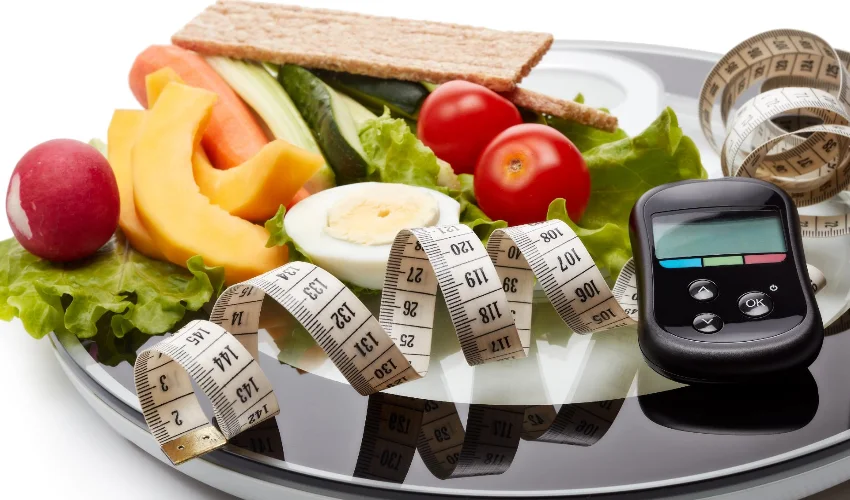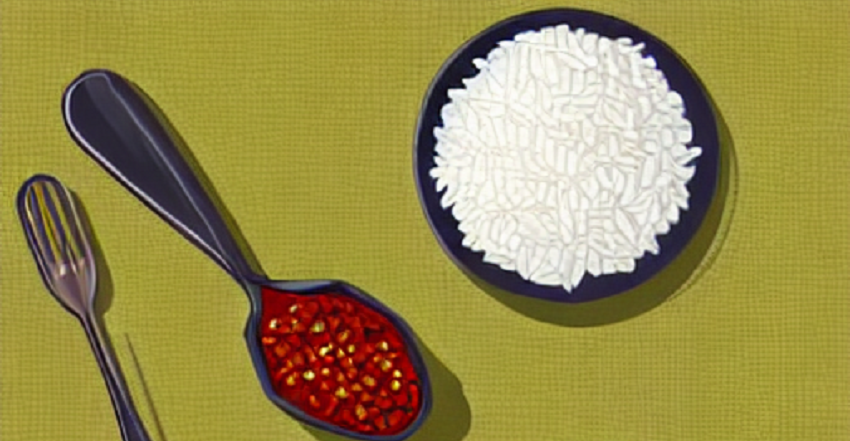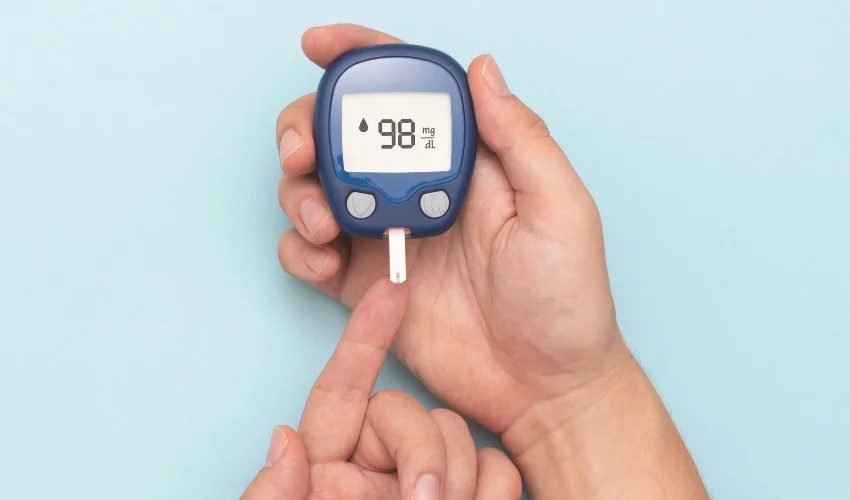Living with diabetes requires careful meal planning and monitoring of blood sugar levels. Proper nutrition is essential for managing diabetes effectively, and this includes packing a diabetes-friendly lunch and snacks for work or school. By making smart food choices, individuals with diabetes can maintain stable blood sugar levels throughout the day and ensure overall well-being. This article aims to provide comprehensive information and practical tips on how to pack nutritious and balanced meals for individuals with diabetes.
Understanding Diabetes and Meal Planning
Overview of Diabetes
Diabetes is a chronic condition characterized by elevated blood sugar levels. It occurs when the body either doesn’t produce enough insulin (Type 1 diabetes) or cannot effectively use the insulin it produces (Type 2 diabetes). Proper meal planning is crucial for managing diabetes, as it helps regulate blood sugar levels and promotes overall health.
Carbohydrates and Blood Sugar Control
Carbohydrates have the most significant impact on blood sugar levels. They are broken down into glucose, which enters the bloodstream and raises blood sugar. It is important to educate individuals with diabetes to understand the difference between simple and complex carbohydrates. Simple carbohydrates, found in foods like sugary snacks and sodas, raise blood sugar quickly. Complex carbohydrates, found in whole grains, legumes, and vegetables, are digested more slowly, resulting in a gradual rise in blood sugar levels.
The glycemic index (GI) and glycemic load (GL) are additional tools to consider. The GI ranks carbohydrates based on how quickly they raise blood sugar levels, while the GL takes into account both the quantity of carbohydrates and the speed of their digestion. Choosing low GI and GL foods can help maintain more stable blood sugar levels.
Nutritional Guidelines for Diabetes
Following a balanced meal plan is essential for individuals with diabetes. It involves considering the distribution of macronutrients (carbohydrates, protein, and fat) and incorporating fiber-rich foods.
- Balanced Meals: Aim to include a variety of food groups in each meal, such as non-starchy vegetables, lean protein sources, whole grains, and healthy fats. This helps ensure a well-rounded and nutrient-rich diet.
- Carbohydrates: Monitor carbohydrate intake and choose complex carbohydrates such as whole grains, fruits, vegetables, and legumes. These provide essential nutrients, fiber, and a slower release of glucose into the bloodstream.
- Protein: Include lean protein sources like skinless poultry, fish, tofu, and legumes. Protein helps maintain satiety, aids in muscle repair, and has a minimal impact on blood sugar levels.
- Fat: Incorporate healthy fats, such as avocados, nuts, seeds, and olive oil. These fats are beneficial for heart health and can help regulate blood sugar levels.
- Fiber: Include fiber-rich foods like whole grains, vegetables, fruits, and legumes. Fiber slows down the digestion and absorption of carbohydrates, promoting better blood sugar control.
Essential Components of a Diabetes-Friendly Lunch
Building a Balanced Plate
When packing a diabetes-friendly lunch, aim to create a balanced plate by including appropriate portions of different food groups.
- Non-starchy Vegetables: Fill half of the plate with non-starchy vegetables like leafy greens, broccoli, cauliflower, peppers, and cucumbers. These vegetables are low in carbohydrates and calories, rich in fiber, and packed with essential vitamins and minerals.
- Lean Protein Sources: Include a palm-sized portion of lean protein sources, such as skinless chicken or turkey, fish, tofu, or legumes. These provide essential amino acids for muscle repair and satiety.
- Whole Grains: Incorporate a quarter of the plate with whole grains like quinoa, brown rice, or whole wheat bread. These provide sustained energy and additional fiber.
- Healthy Fats: Add a small amount of healthy fats, such as sliced avocado, nuts, or a drizzle of olive oil. These fats enhance flavor, promote satiety, and support heart health.
Smart Carbohydrate Choices
Making smart carbohydrate choices are essential for maintaining stable blood sugar levels.
- Choose Complex Carbohydrates: Opt for complex carbohydrates that are low in GI, such as whole grains, legumes, and vegetables. These release glucose more gradually, preventing sudden spikes in blood sugar.
- Examples of Healthy Carbohydrate Sources: Some examples of healthy carbohydrate sources include quinoa, brown rice, sweet potatoes, whole wheat bread, beans, and lentils.
- Monitoring Carbohydrate Intake: Be mindful of portion sizes and total carbohydrate intake. It can be helpful to consult a registered dietitian or use food-tracking apps to track carbohydrate consumption.
Healthy Fats for Satiety and Blood Sugar Control
Incorporating healthy fats into lunch can provide satiety and help regulate blood sugar levels.
- Identifying Healthy Fats: Choose sources of monounsaturated and polyunsaturated fats, such as avocados, nuts, seeds, olives, and olive oil. These fats have been shown to improve insulin sensitivity and support heart health.
- Limiting Saturated and Trans Fats: Minimize saturated and trans fats found in fried foods, fatty meats, full-fat dairy products, and processed snacks. These fats can increase the risk of heart disease and negatively impact blood sugar control.
Hydration and Beverage Choices
Staying hydrated is important for overall health and managing diabetes effectively.
- The Importance of Staying Hydrated: Proper hydration helps maintain optimal bodily functions, including blood sugar regulation. Carry a water bottle and drink water throughout the day.
- Optimal Beverage Choices: Choose water, unsweetened tea, or sparkling water as the primary beverages. These options are free of calories, sugar, and artificial sweeteners.
- Limiting Sugary Drinks and Alcohol Consumption: Sugary drinks like soda, fruit juices, and energy drinks can cause significant spikes in blood sugar levels. It is advisable to limit or avoid these beverages. Alcohol consumption should be moderate and always accompanied by food to prevent hypoglycemia.
Preparing Diabetes-Friendly Snacks
Snacking Guidelines for Diabetes
Snacks can be incorporated into a diabetes meal plan to prevent hunger and maintain blood sugar control.
- Balancing Snacks with Meals: Consider the overall daily carbohydrate intake and distribute it across meals and snacks. Plan snacks to complement the main meals and prevent long gaps between eating.
- Smart Snack Choices to Manage Blood Sugar Levels: Choose snacks that are low in carbohydrates, high in fiber, and contain some protein or healthy fats. This combination helps prevent blood sugar spikes and provides sustained energy.
- Pre-Portioned Snacks for Better Control: Pre-portion snacks into appropriate serving sizes to avoid overeating. This helps maintain better control over carbohydrate and calorie intake.
Quick and Easy Snack Ideas
Here are some diabetes-friendly snack ideas that are quick, convenient, and nutritious:
- Fresh Fruits and Vegetables: Pack pre-cut vegetables like carrot sticks, bell pepper slices, or cherry tomatoes. Include fresh fruits like berries, apple slices, or orange segments.
- Nuts, Seeds, and Nut Butter: Portion out a handful of unsalted almonds, walnuts, or pumpkin seeds. Enjoy them with a tablespoon of natural nut butter or sprinkle them over a plain Greek yogurt cup.
- Yogurt and Cottage Cheese Options: Opt for plain Greek yogurt or cottage cheese and add a small amount of fresh fruit or a drizzle of honey for sweetness.
- Homemade Snack Recipes: Prepare homemade snacks like roasted chickpeas, baked kale chips, or chia seed pudding. These can be made in advance and packed for on-the-go snacking.
Snack Prepping and Portability
Efficient meal prepping strategies and portable containers can make snack preparation easier for busy work or school days.
- Meal Prepping Strategies for Snacks: Set aside time to prepare snacks in advance. Wash and cut vegetables, portion out nuts or seeds into small bags, or make a batch of homemade snacks to have on hand throughout the week.
- Choosing Convenient and Portable Containers: Invest in reusable containers that are appropriate for portioning snacks. Choose containers with separate compartments to keep foods fresh and prevent mixing.
- Snack Ideas for Busy Work or School Days: Consider snacks that require minimal preparation and can be easily eaten on the go, such as single-serve Greek yogurt cups, pre-packaged hummus cups with vegetable sticks, or hard-boiled eggs.
Tips for Successful Meal Planning and Preparation
Reading Food Labels
Understanding food labels is crucial for making informed choices about the nutritional content of packaged foods.
- Understanding Nutrition Facts Panels: Pay attention to serving sizes, total carbohydrates, fiber, and sugar content. The nutrition facts panel provides essential information to help manage carbohydrate intake.
- Identifying Hidden Sugars and Carbohydrates: Look out for different names for added sugars, such as high fructose corn syrup, cane sugar, or maltose. Be cautious of hidden carbohydrates in processed foods like sauces, dressings, and condiments.
- Choosing Healthier Options Based on Labels: Select foods that are low in added sugars, sodium, and saturated fats. Look for products that are labeled as “whole grain” and have higher fiber content.
Meal Planning Tools and Resources
Utilizing meal planning tools and resources can simplify the process and provide inspiration for diabetes-friendly meals.
- Meal Planning Apps and Websites: Use apps or websites that offer diabetes-specific meal planning features, such as customizable meal plans, recipes, and grocery lists. Examples include MyFitnessPal, Diabetes Food Hub, or Eat This Much.
- Recipe Modifications and Healthy Substitutes: Modify recipes to make them diabetes-friendly. Swap refined grains for whole grains, use sugar substitutes or natural sweeteners, and reduce the amount of added fats.
- Seeking Professional Guidance: Consult a registered dietitian who specializes in diabetes management for personalized meal planning advice and guidance. They can provide tailored recommendations based on individual needs and preferences.
Overcoming Challenges and Staying Motivated
Managing diabetes through meal planning can sometimes be challenging, but staying motivated and seeking support can make a significant difference.
- Dealing with Food Cravings and Temptations: Find healthier alternatives to satisfy cravings. Experiment with spices, herbs, and low-calorie sweeteners to enhance flavors. Practice portion control and mindful eating.
- Involving Family and Friends for Support: Educate family members and friends about diabetes and its dietary requirements. Seek their support and encouragement in making healthier food choices. Consider cooking and enjoying meals together to foster a supportive environment.
- Celebrating Small Victories and Maintaining a Positive Mindset: Recognize and celebrate progress made in managing diabetes through meal planning. Focus on the positive outcomes, such as improved blood sugar control and overall well-being.
Packing a diabetes-friendly lunch and snacks for work or school is an essential part of managing diabetes effectively. By following the guidelines and tips provided in this article, individuals with diabetes can make informed food choices, maintain stable blood sugar levels, and promote overall health and well-being. Remember to consult with healthcare professionals or registered dietitians for personalized advice based on individual needs and medical conditions. With proper meal planning, individuals with diabetes can lead a fulfilling and healthy lifestyle.




